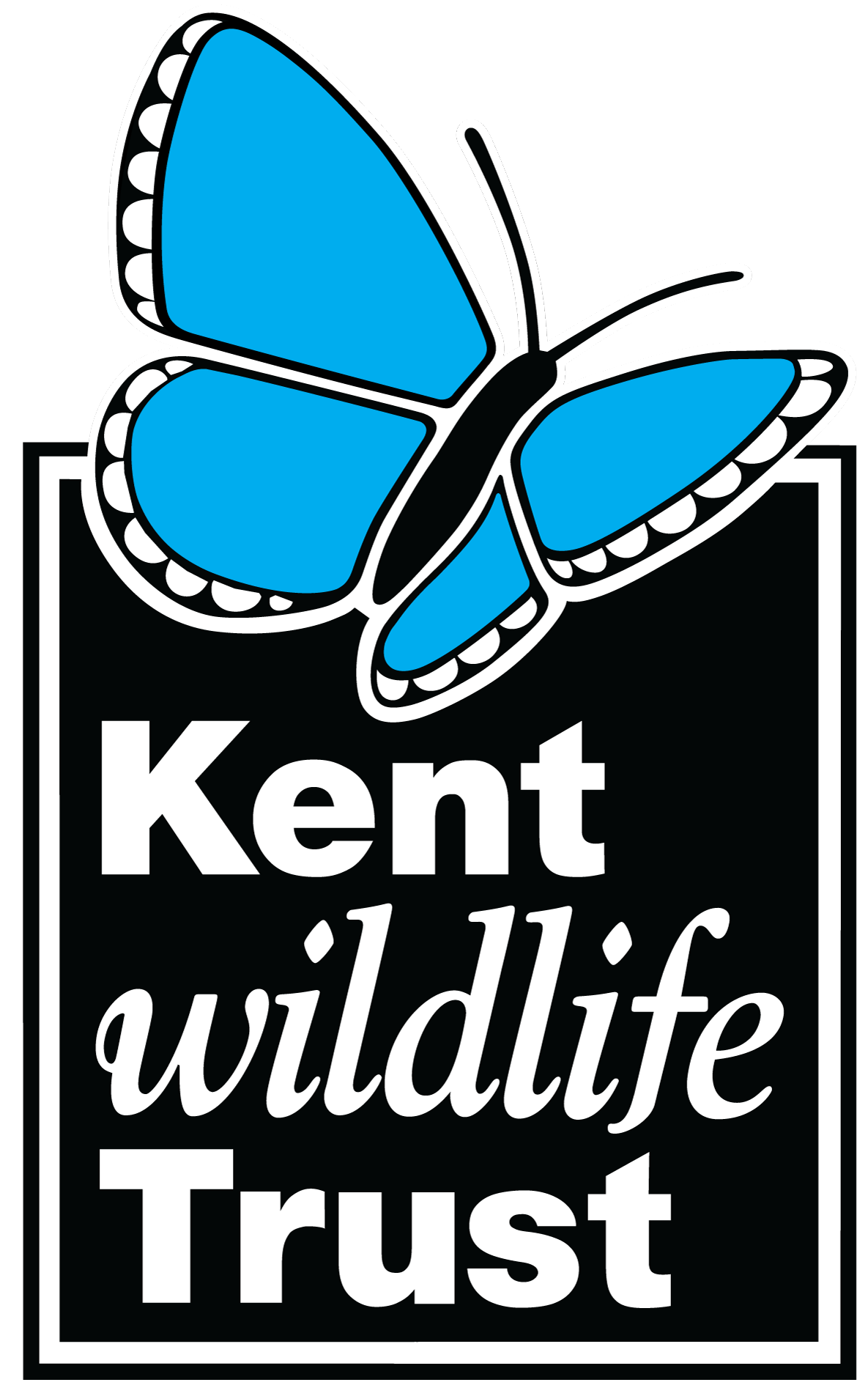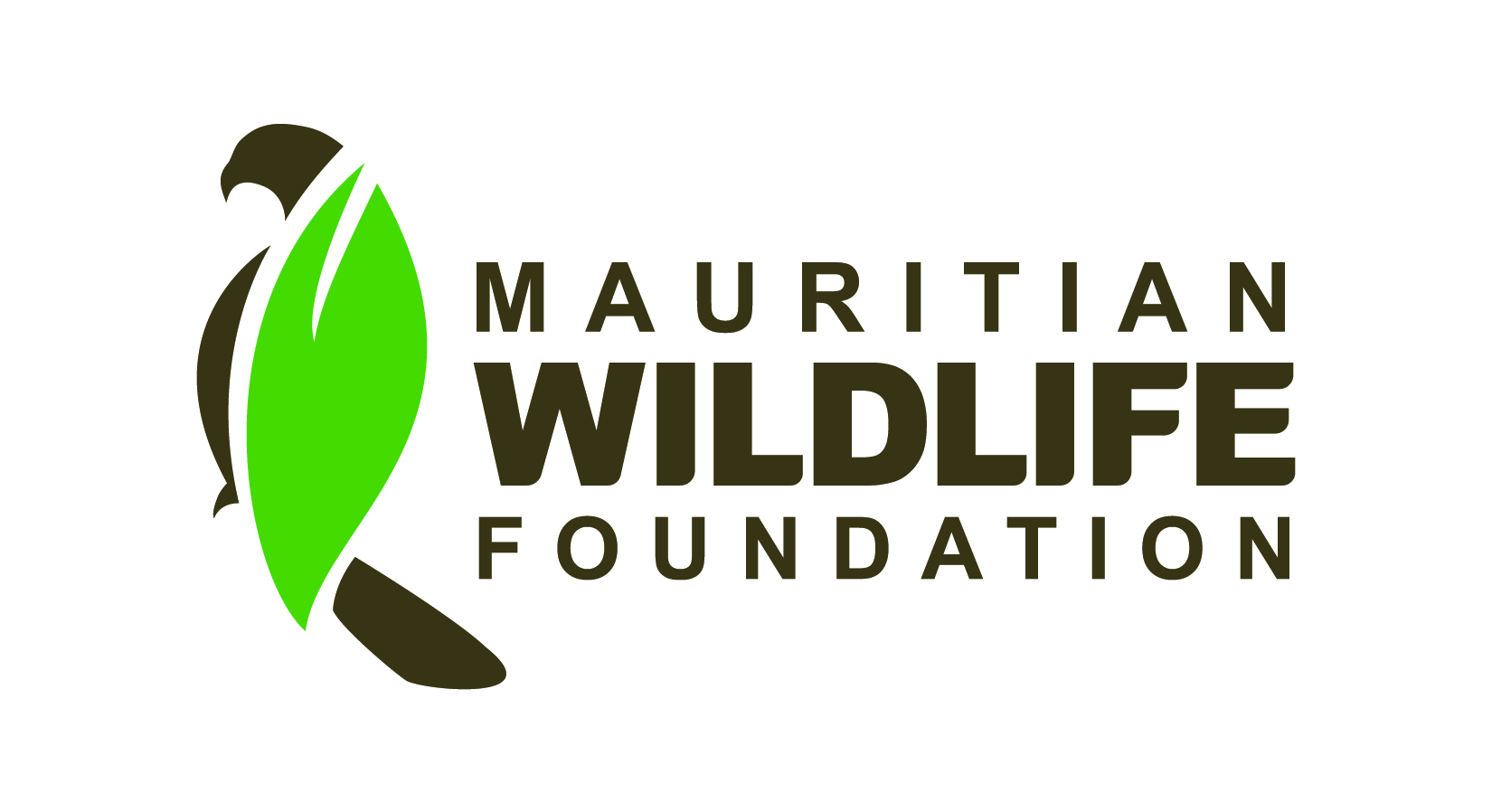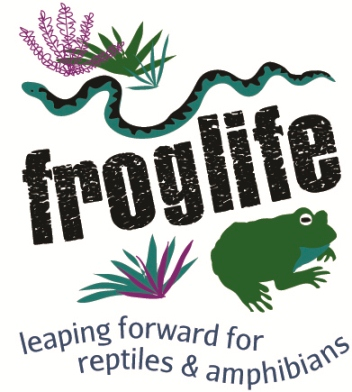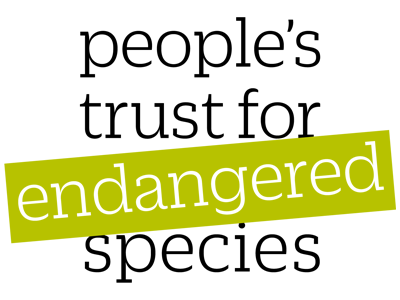Wildlife use of mitigation and reference wetlands in West Virginia
-
Published source details
Balcombe C.K., Anderson J.T., Fortney R.H. & Kordek W.S. (2005) Wildlife use of mitigation and reference wetlands in West Virginia. Ecological Engineering, 25, 85-99.
Published source details Balcombe C.K., Anderson J.T., Fortney R.H. & Kordek W.S. (2005) Wildlife use of mitigation and reference wetlands in West Virginia. Ecological Engineering, 25, 85-99.
Actions
This study is summarised as evidence for the following.
| Action | Category | |
|---|---|---|
|
Create wetland Action Link |
|
|
|
Restore/create freshwater marshes or swamps (specific action unclear) Action Link |
|
-
Create wetland
A replicated, site comparison study of 11 mitigation wetlands in West Virginia, USA (Balcombe et al. 2005) found that amphibian species richness and abundance was significantly higher in created and partially restored wetlands than natural wetlands. Mitigation wetlands had 2.0 species/point compared to 1.5 in natural wetlands and 4.8 amphibians compared to 4.7 per wetland. Seven species were recorded in both wetland types. Abundance of American bullfrog Rana catesbeiana, northern green frog Rana clamitans and pickerel frog Rana palusris were higher in mitigation than natural wetlands (0.2–7.8 vs 0.1–3.6/wetland). Abundance of northern spring peeper Pseudacris crucifer, gray tree frog Hyla chrysoscelis, wood frog Rana sylvatica and eastern American toad Bufo americanus were similar between wetland types (mitigation: 0.4–22.9; natural: 0.1–28.4/wetland). Mitigation wetlands were 3–10 ha, had depths of 5–57 cm and had been constructed 4–21 years previously. The four reference wetlands were 7–28 ha, had depths of 5–17 cm and were near mitigation sites. Amphibians were monitored using nocturnal call surveys once a month in April–June 2001–2002.
-
Restore/create freshwater marshes or swamps (specific action unclear)
A replicated, site comparison study in 2001–2002 of 15 freshwater wetlands in West Virginia, USA (Balcombe et al. 2005) reported differences in the area and cover of vegetation between created and natural marshes after 4–21 years. Results summarized for this study are not based on assessments of statistical significance. Created wetlands were 0% forest by area (vs natural wetlands: 5%), only 5% shrubs (vs natural: 41%), 54% herbaceous (vs natural: 44%) and 41% open water (vs natural: only 9%). Plant species with different cover in created and natural wetlands included reed canary grass Phalaris arundinacea (created: 7%; natural: 0%), common rush Juncus effusus var. effusus (created: 5%; natural: <1%), tussock sedge Carex stricta (created: <1%; natural: 4%) and broadleaf cattail Typha latifolia (created: 1%; natural: 7%). Methods: In summer 2001 and 2002, vegetation was surveyed in fifteen wetlands: eleven created/restored 4–21 years previously (details not reported) and four natural (undisturbed). Coverage of vegetation types was estimated across each wetland, and cover of individual species was estimated in at least five 1-m2 quadrats/vegetation type/wetland. This study used the same sites as (8).
(Summarised by: Nigel Taylor)
Output references
|
|

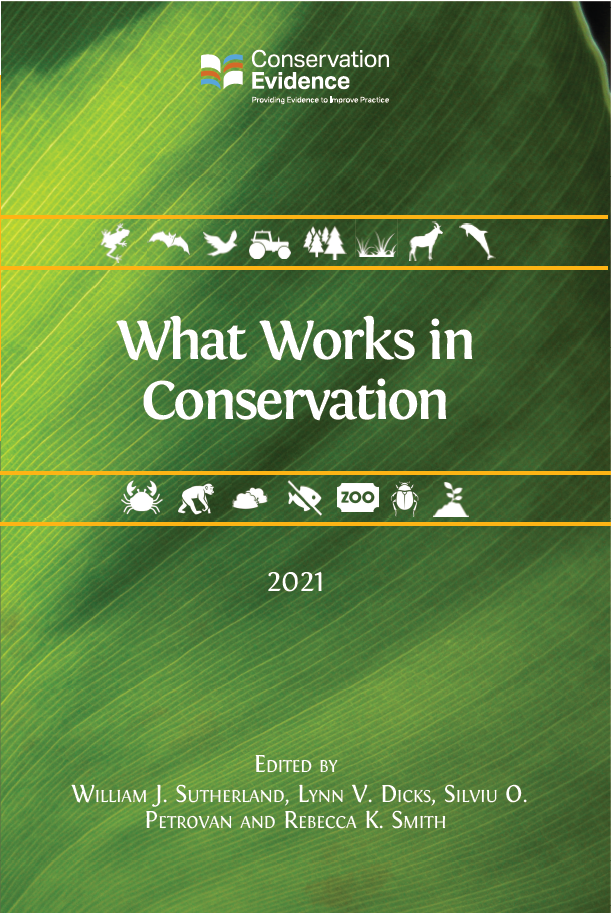
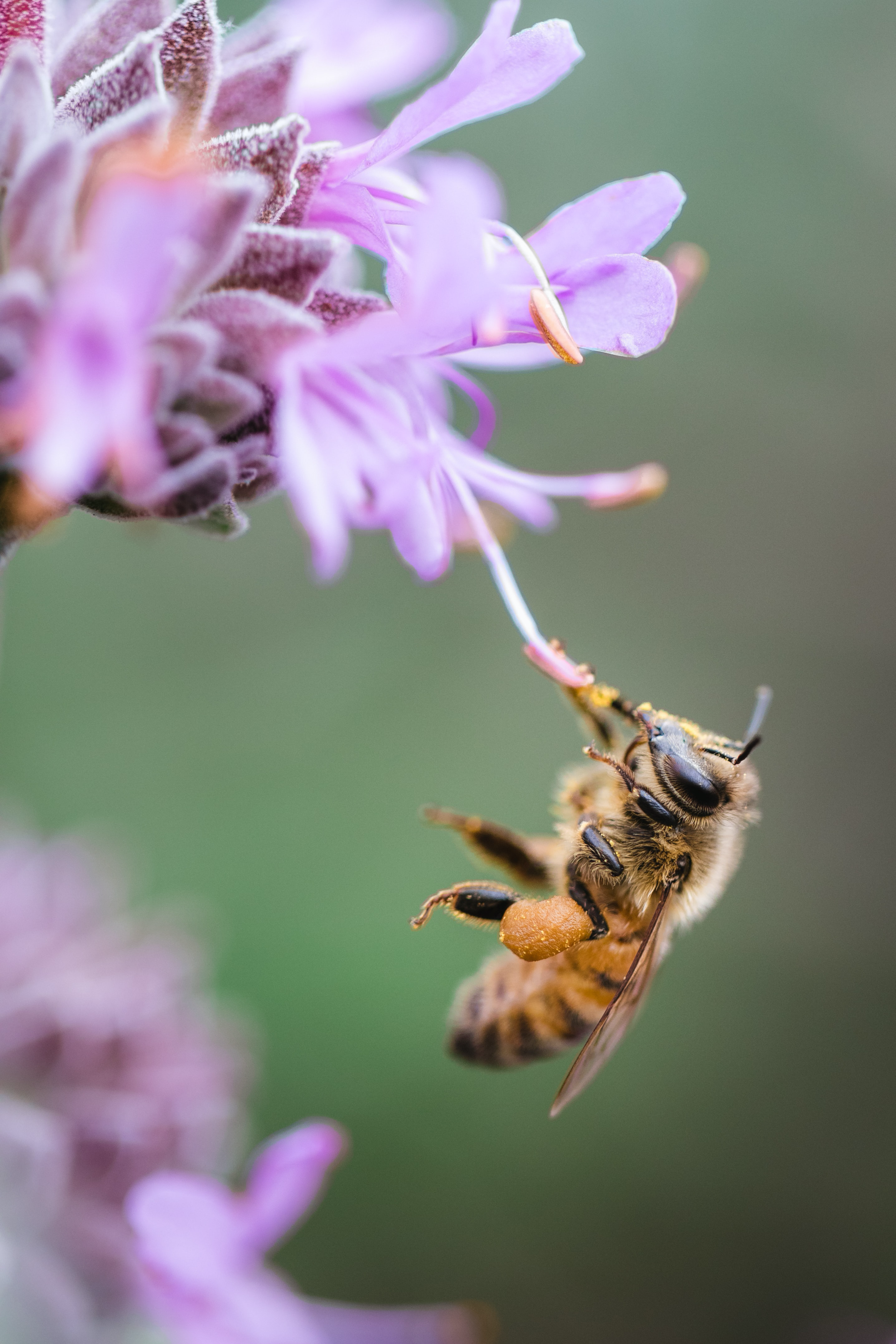


)_2023.JPG)
